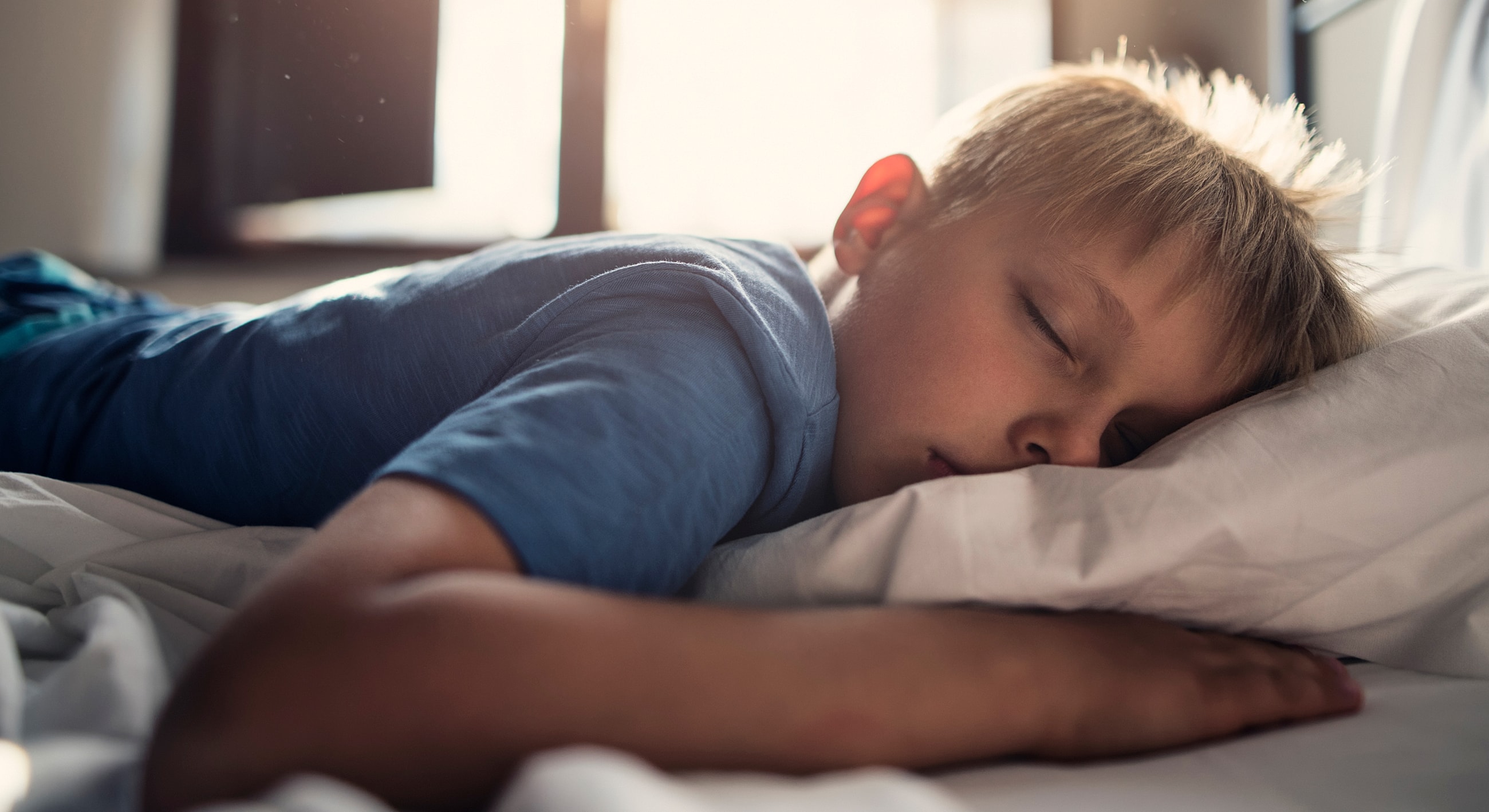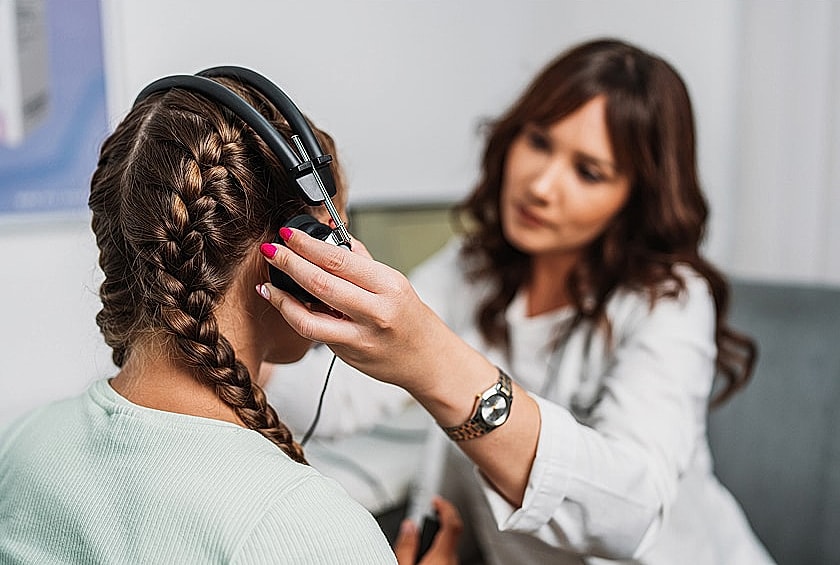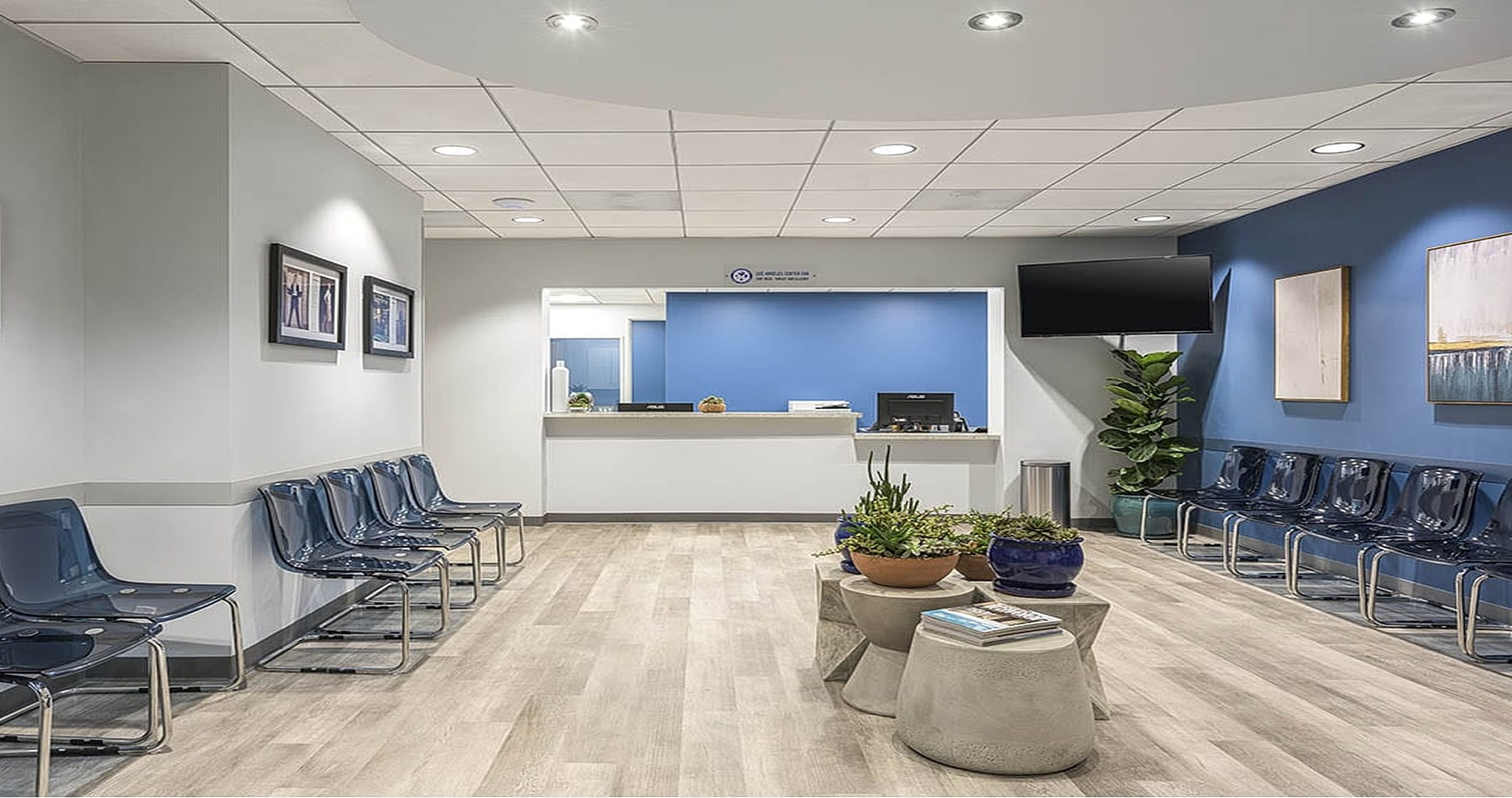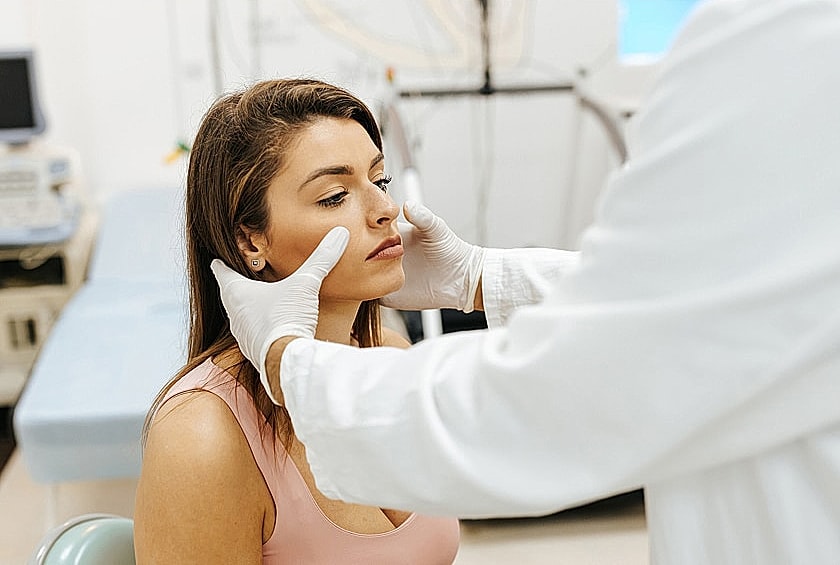
















At SoCal ENT, we understand that quality sleep is essential for your child’s growth and well-being.
Pediatric sleep apnea is a common but serious condition that affects breathing during sleep, leading to restless nights, daytime fatigue, and even behavioral issues. Our expert team provides comprehensive diagnosis and treatment to ensure your child gets the restful sleep they need to thrive.





Obstructive Sleep Apnea (OSA) The most common type, caused by enlarged tonsils or adenoids blocking the airway.
Central Sleep Apnea (CSA) A less common condition in which the brain fails to send proper signals to control breathing.
At SoCal ENT, we specialize in diagnosing and treating obstructive sleep apnea to help children breathe easier and sleep better.
Nighttime Symptoms
Daytime Symptoms
If your child is showing these symptoms, it’s important to seek early diagnosis and treatment to prevent long-term complications.

At SoCal ENT, we use comprehensive evaluations to diagnose sleep apnea, which may include:
Once diagnosed, we create a personalized treatment plan to improve your child’s sleep and overall health.
For mild cases of sleep apnea, simple adjustments may help improve symptoms, such as:
For children with moderate to severe sleep apnea who cannot undergo surgery, CPAP or BiPAP therapy can provide continuous airflow to keep the airway open during sleep.
In some cases, custom-fitted oral devices can help by repositioning the jaw or tongue to prevent airway blockages.
If enlarged tonsils or adenoids are causing severe airway obstruction, a tonsillectomy and adenoidectomy (TA surgery) may be the most effective solution.

Your child may be a candidate for pediatric sleep apnea treatment if they experience:
Treatment is especially recommended if sleep apnea is impacting their daily life, behavior, or overall health. While mild cases may improve with lifestyle changes or medication, children with severe airway obstruction may require a tonsillectomy and adenoidectomy (TA surgery) or CPAP therapy.
If you’re unsure whether your child needs treatment, schedule a consultation at SoCal ENT to discuss symptoms and explore the best options for relief.

Our team at SoCal ENT provides ongoing support to ensure your child achieves lasting relief from sleep apnea symptoms.
Not always, but frequent, loud snoring combined with pauses in breathing or restless sleep may indicate sleep apnea.
Some children may outgrow mild cases, but untreated sleep apnea can lead to long-term health problems. A medical evaluation is always recommended.
If enlarged tonsils or adenoids are significantly blocking airflow, a tonsillectomy and adenoidectomy may be the best treatment option.
A sleep study (polysomnography) is the most accurate way to diagnose pediatric sleep apnea and determine the best course of treatment.
Untreated pediatric sleep apnea can lead to behavioral issues, learning difficulties, heart problems, and poor growth.